MITEI study finds hydrogen-generated electricity is a cost-competitive candidate for backing up wind and solar
Green Car Congress
AUGUST 29, 2021
A team at MITEI (MIT Energy Initiative) has found that hydrogen-generated electricity can be a cost-competitive option for backing up wind and solar. California draws more than 20% of its electricity from solar and approximately 7% from wind, with more VRE coming online rapidly. —Drake Hernandez.


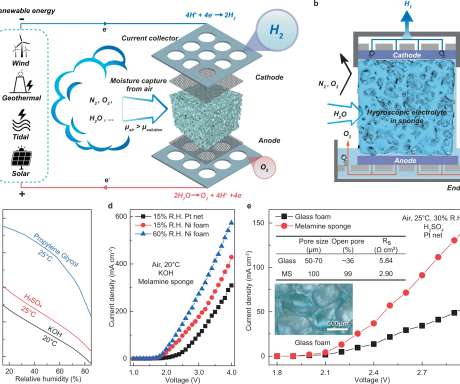




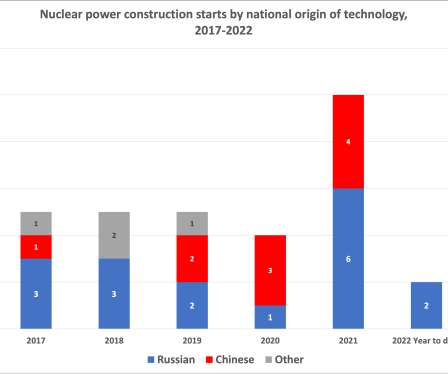

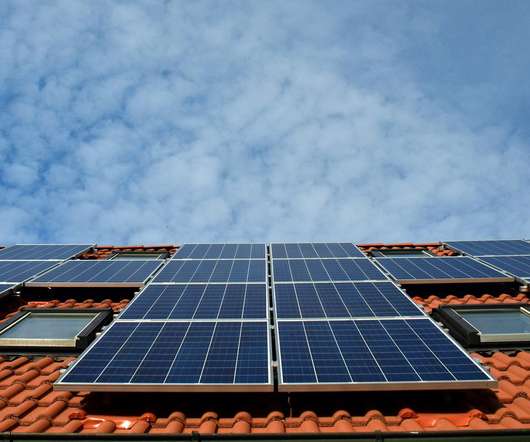


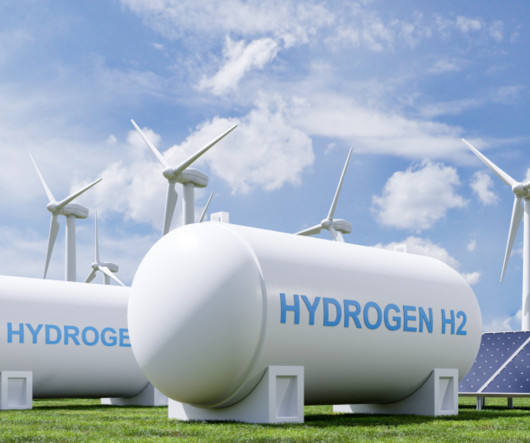




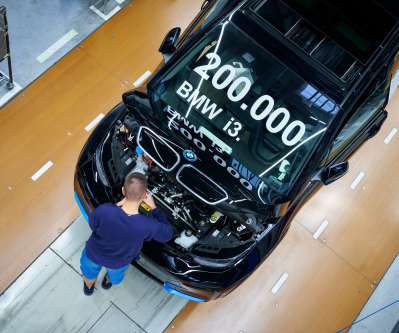










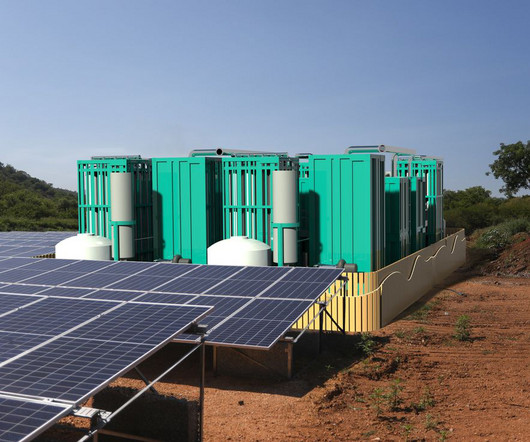
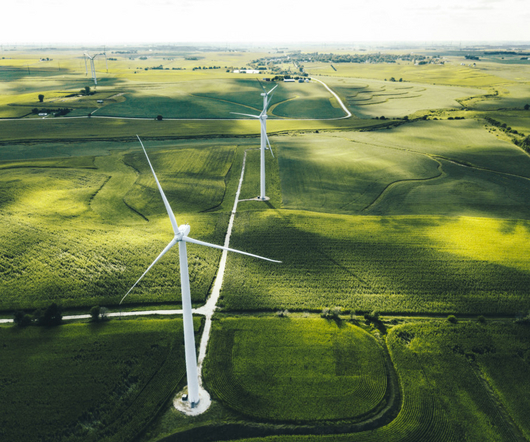




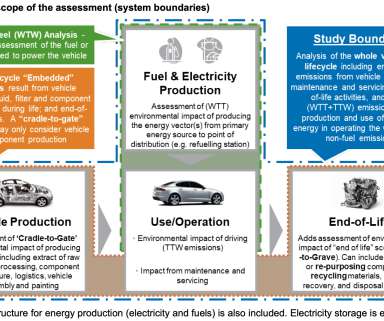






Let's personalize your content